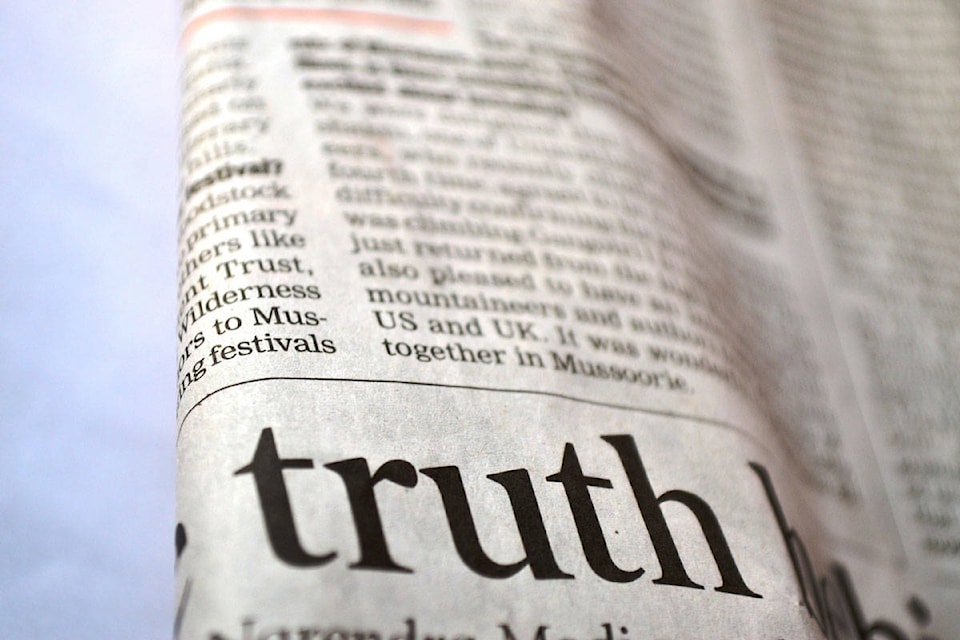Canadians are not that confident in their ability to distinguish between real news and fake news, according to a new national survey.
But perhaps that uncertainty is, at least in part, a good sign.
The Canadian Journalism Foundation survey found that 40 per cent of people had little to no confidence in their ability to tell the difference between factual and false information in what appear to be media reports.
We say “appear to be” because over the last decade, there has been a massive increase in outlets dedicated to making up… well, just about anything. Much of the content put together online is designed, quite deliberately, to induce outrage, disgust, or shock.
The fact that a significant portion of Canadians are doubtful is understandable. The early versions of these sites were often driven by the drive for profit – they were often self-proclaimed “satire” sites, but their hunger was simply for millions of clicks, which they could translate in advertising revenue. These tactics were later weaponized by the Russian intelligence service to sow dissent.
We suggest that there are a few ways to tell real news from fake. First, if multiple reputable outlets of long standing are reporting similar stories, it’s probably real.
Second, does the story reference sources for its information? Documents, court records, interviews with eye witnesses or officials are one way to recognize real reporting.
Third, pick a reputable site and visit it directly. Fake news spreads because your cousin’s friend’s dentist shared a link and you saw it. But you’d be better off picking a reputable news site you trust, and visiting it directly.
–M.C.
